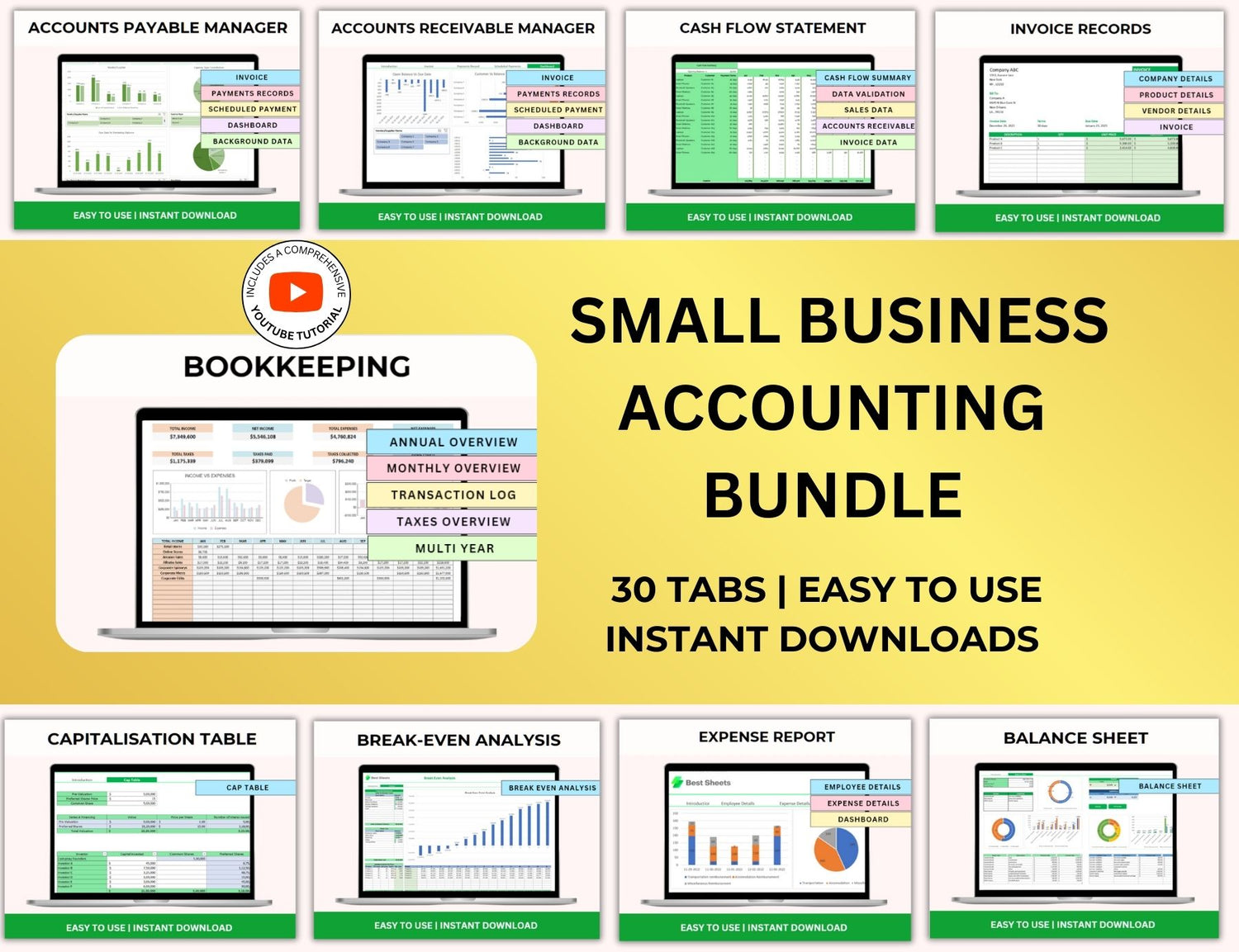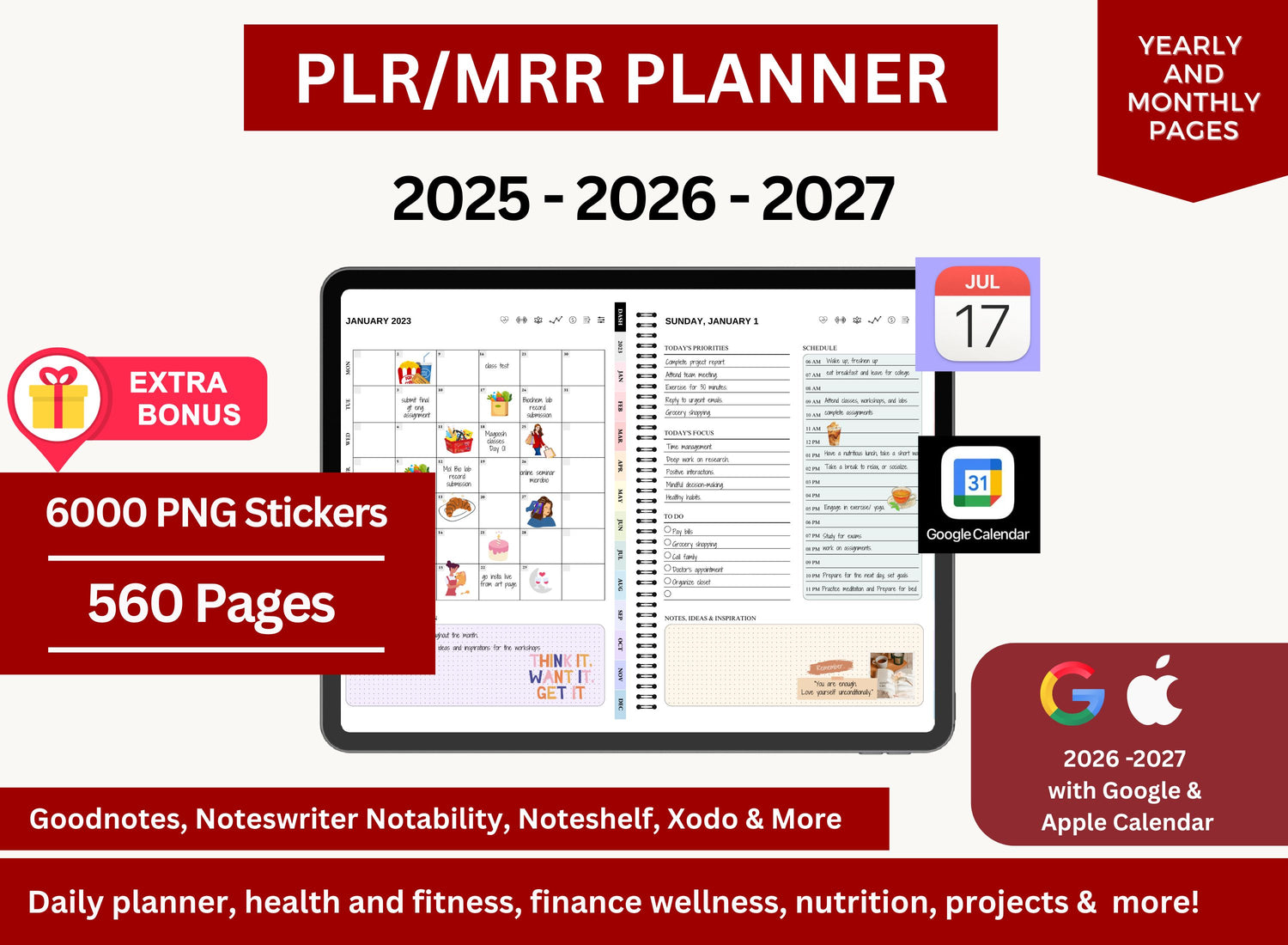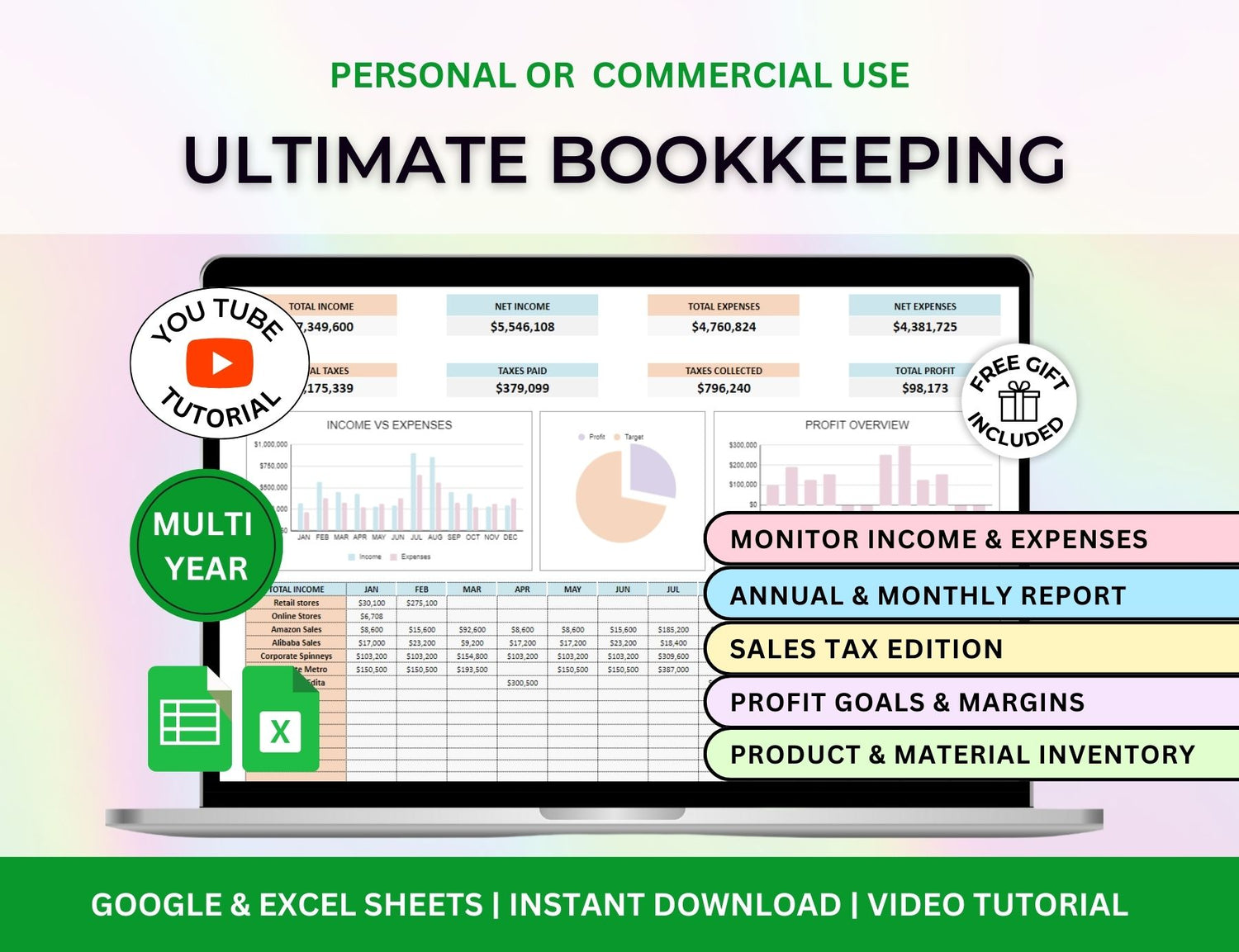5 Signs Your Project Is in Trouble
Projects don’t usually explode overnight. Most of the time, they unravel slowly—one small oversight, one missed deadline, one awkward meeting at a time. And by the time the red flags start waving clearly, you're already halfway off the cliff.
But there are signs. Subtle at first, maybe even deniable. But they’re there. If you're paying attention—not just to the schedule, but to the team dynamics, the mood shifts, the weird silences—they start adding up.
Here are five signs your project might be in trouble. Not definitely doomed, but wobbling. And that’s the window where you still have time to course correct.
TL;DR
| Warning Sign | What It Looks Like | Quick Tip to Fix It |
|---|---|---|
| 1. The Timeline Keeps Slipping | Milestones keep getting pushed, and your Gantt chart looks more like wishful thinking than a plan. | Revisit your project schedule template Excel and update your Gantt chart template with real-time data. |
| 2. No One’s 100% Sure Who’s Doing What | Team members are unclear on roles. You hear “I thought you were handling that” more than you'd like. | Use a project management plan template to clarify responsibilities and deadlines. |
| 3. Constant Scope Changes | The project keeps growing without clear approval—suddenly you're building a spaceship instead of a dashboard. | Reinforce scope boundaries in your project management template PPT and keep change requests documented. |
| 4. Communication Breakdown | Emails get missed, updates are vague, and meetings feel like déjà vu. | Centralize progress tracking with a project tracker Excel template or Excel task tracker template. |
| 5. No One's Looking at the Data | Budgets? Metrics? Timeline? You’re flying blind—or worse, relying on outdated info buried in someone’s inbox. | Lean on updated project plan template Excel files and refresh your Gantt chart Excel regularly. |
1. Nobody Seems to Know What’s Going On (Including You)
This is probably the first one people notice but don’t want to admit.
The kickoff was clean. There was a deck. A plan. Maybe even a glossy project plan template everyone smiled and nodded at. But now… people are vague. Tasks are floating in a weird limbo. You ask someone what they’re working on, and they give you that too-long pause before answering.
And here's the thing—it’s not always dramatic. Sometimes it’s just a low-level fog that starts to set in around Week 3. Decisions are made in private chats. Updates start getting missed. Your project tracker excel template gets neglected for “more urgent things.” One day you realize: nobody has a full picture anymore. Not even you.
If you're relying on memory, Slack threads, or scattered Notion pages instead of an updated project management template Excel, you're flying blind. You might think you’re saving time by skipping the formality of tracking, but it adds up. Invisibility creates risk. And stress. A lot of stress.
Even a basic Gantt chart Excel file—even if it’s clunky or imperfect—can be the difference between feeling behind and being behind.
So if you find yourself guessing at status updates or “just trusting the team will get there”—that’s a sign. A big one.
2. Tasks Keep Rolling Over Like Expired Yogurt
You know the ones. They show up on every weekly list. “Still in progress.” “Almost done.” “Pending a few things.” But they never quite finish.
This happens even in healthy projects, of course. Sometimes priorities shift, or something legitimately blocks a task. But when it starts becoming a pattern? That’s worth paying attention to.
Rolled-over tasks often signal one of two things:
- The task is bigger than it looked. Maybe it was under-scoped, or the person assigned didn’t have the right context/tools/time.
- Or no one knows how to do it, but no one’s saying so.
Both are solvable, but only if you notice them early.
A good project schedule template Excel or Excel task tracker template can help you catch this. If tasks are slipping more than once or twice without a clear reason logged—pause. Ask why. Ask early. Don't wait for the task to become radioactive.
Also—and this sounds small but isn’t—watch the language people use in updates. When “will do” turns into “trying to find time for” or “need to sync with someone”... that’s drift. One week of that is fine. Two or three weeks? You’re in trouble.
(Sample of a project management tracker with an integrated Gantt chart.)
3. Meetings Feel Like We’re Just... Talking
Have you ever walked out of a project meeting and thought, "That was... technically a meeting, I guess?" No decisions made. No clear actions. Just vague updates and a slow scroll through slides everyone pretended to read.
It’s surprisingly common. And often brushed off as normal. But if your recurring syncs are becoming performative—people saying what they think they’re supposed to say instead of what’s actually happening—you’ve got a problem.
Here’s the issue: meetings like that create a false sense of progress. If everyone sounds busy, and the words all sound right, it feels like the project is moving. But feeling is not the same as truth.
A well-structured project management plan template (even just a one-page summary) helps anchor these discussions. What are we tracking? What’s late? Who’s blocked? What dependencies are coming up? That’s what meetings are for. Not just status theater.
If you’re using a project management template ppt, make sure it doesn’t become wallpaper. Keep it live. Update it weekly. Refer to it out loud. If your deck hasn’t changed in three weeks, neither has your project.
4. Everyone’s Busy, But Progress Feels... Imaginary
This one’s tricky. Because it looks like things are fine.
The team’s active. There are messages. People are shipping small things. You’re getting check-ins and updates. But when you zoom out—when you really ask yourself, “Are we actually getting closer to the finish line?”—the answer feels fuzzy.
It’s like running on a treadmill. Lots of motion, zero distance.
This usually happens when the project loses alignment. Maybe the end goal shifted subtly, or priorities got reshuffled without being clearly communicated. Or maybe you’re in the middle of the build phase, and the momentum got muddled.
And here’s a tough one: sometimes it's your fault. Not maliciously, of course. But maybe you forgot to realign the team after a scope change. Or you’re so caught up in the daily fires that you haven’t reviewed the original plan in weeks.
That’s why a Gantt chart template or project plan template Excel isn’t just for the PM—it’s for everyone. When it’s visible, live, and interactive (even if it’s just in Google Sheets), it keeps everyone anchored to the same goal.
If you're not reviewing progress against actual milestones—just activity logs—you’re running a simulation of a project, not a real one.
(Sample of a project management tracker with an integrated Kanban board.)
5. You Start Dreading Updates
This one’s less measurable but maybe the most telling.
You know something’s off when you start avoiding the dashboard. Or postponing the stakeholder report. Or catching yourself thinking, "I hope they don’t ask about that today."
That gut-level resistance? It’s real. It’s the tension between what you should know and what you actually do. And the longer you avoid it, the worse it gets.
Often, it’s because the numbers aren’t adding up. Or the risks feel overwhelming. Or you just don’t want to deal with the politics of explaining delays. And hey—totally understandable. Project updates aren’t fun when you feel like the messenger of doom.
But here’s the irony: the longer you wait to look, the more damage accumulates. What was fixable last week is now a sprint behind. What was a missed deliverable becomes a lost client.
So if you’re avoiding the project management schedule template or putting off updating the Gantt chart format, ask yourself why. And be honest. Avoidance is a clue. It’s your brain’s way of trying to protect you from information it knows won’t be pleasant.
Face it sooner. You’ll thank yourself later.
(Sample of a client tracker and leads management template with a specialized tab for client-specific tasks for the project.)
So... What Can You Do?
If any of those signs felt familiar—don’t panic. Seriously. Every project hits turbulence. Every team gets foggy sometimes. What matters is what you do next.
Here are a few small (but powerful) moves to reset direction:
1. Recenter the team with one document.
Pick a single project plan template (Excel, Notion, Google Sheets—whatever your team uses). Update it, share it, talk through it live. Anchor every decision to it. Let that be the north star again.
2. Refresh your timelines.
Open your Gantt chart Excel file or project schedule template Excel. Recalculate based on where you are today, not where you thought you’d be a month ago. That’s not giving up. That’s being real.
3. Shrink the problem.
Don’t try to “fix the project” in one go. Pick the three biggest risks or blockers. Solve those first. When they move, so does the whole momentum.
4. Call out ambiguity.
It’s okay to say, “I’m not totally clear on what this task is supposed to achieve.” That sentence alone can fix a week’s worth of drift. If one person’s confused, others probably are too.
5. Update your tools, gently.
Sometimes the template itself is part of the problem. If your project tracker excel template is too complex, simplify it. If your project management template ppt hasn’t been updated since kickoff, throw it out and start fresh. No shame in rebooting. Just make sure it helps more than it hides.
A Note About Tools (and Using Them Wisely)
Let’s be honest—templates won’t save your project. Not by themselves. A project management template can sit unused just as easily as a forgotten Trello board.
But the right tool, used lightly but consistently, can completely shift how a project feels. It turns ambiguity into clarity. It helps people see dependencies. It reduces “I thought you had that” conversations.
Here are a few worth exploring:
- Gantt chart template (for clear timelines and dependencies)
- Project plan template Excel (for scoping and roles)
- Project tracker Excel template (to monitor tasks and deadlines)
- Excel task tracker template (for individual accountability)
- Project management schedule template (for high-level reporting)
- Project management template PPT (for stakeholder updates)
They’re not magic. But they are powerful when you treat them like tools—not checkboxes.
(List of plan schedule management templates available in a project management templates bundle.)
Projects go sideways for all kinds of reasons—shifting priorities, unclear scope, burnout, misalignment, or sometimes just plain old bad luck. No template or checklist will catch everything.
But if you’re noticing signs—tasks rolling over, vague updates, meetings that feel empty, or just that creeping sense of “we might be lost”—don’t wait. Call it out. Reset. Even if it’s messy.
Projects don’t fail from one big thing. They fail from a hundred little ones, left unspoken.
Speak up early.
That’s how you get it back on track. Or at least... give it a fighting chance.
If you’re looking for a lightweight way to get a handle on things, this Project Management Excel Template from PLR Duck is surprisingly usable right out of the box. It’s not overly complex, and it includes a Gantt chart format that’s friendly even for non-PMs. I’ve used it to rescue more than one project that was teetering on the edge. Definitely worth a look.
And if nothing else, it’s a solid place to start when your team’s staring into the fog, wondering what comes next.











